Following the success of the double reheat event in November the Lightning Preservation Society hosted a night shoot at their Bruntingthorpe base.
Set up in 1988 the Lightning Preservation Society are home to 3 English Electric Lightnings, 2 of which are regularly fast taxied on the biannual Cold War Jet days. During the height of the Cold War, crews on Quick Reaction Alert (QRA) were on 10 minutes readiness to respond to Soviet incursion of UK airspace, much like the RAF Typhoon’s do today at Coningsby and Lossiemouth. Aircraft and crews on QRA were housed in so called Q Shed’s to enable them to be airbourne as quickly as possible. In 2010 Q Shed’s were relocated from RAF Wattisham in Suffolk giving the 3 Lightnings protection from the elements and an authentic home as well as providing a location for deep maintenance to keep them operational.
Kicking off around 4pm, Colin Collis gave a briefing on the 3 main settings for the evenings shoot. Each of the three aircraft would represent a different decade. F3 example XR713 built in 1964 and recently purchased and relocated from its previous duty as gate guardian at RAF Leuchars was set up with 1960’s style ground crew and pilot in front of the trees to the side of the Q Sheds avoiding as much as possible the very grey and flat sky. Rob assumed the role of pilot with engineering and ground crew on hand to complete the scheme.
Outside the left hand Q shed was XS904 in her camouflage colour scheme recreating scenes from the 1970’s. XS904 first flew on 26th August 1966 and started her RAF life 7 months later with 11 Squadron. As the rest of the type were retired from service she continued to fly with BAe on Tornado F3 Radar Development trials. Finally retired in late 1992, she was acquired by the Lightning Preservation Group at Bruntingthorpe, landing there for the final time on 21st January 1993.
The final ‘decade’ setting was XR728 inside the right hand Q shed recreating a scene from 1980’s RAF Binbrook. The aircraft was readied for QRA, cockpit propped open with a piece of wood (an authentic QRA trick we were told as this was a quicker way to release it) and plugged into the starter. The pilot re-enacted various scenes climbing up and down the cockpit ladder, walking in front of the aircraft and was more than happy to take direction and requests from the photographers.
In preparation for the next scene as the light fell XS904 was pushed back into her hanger and the airfields crash tender “Big Thunder” arrived to wet the pan down. XR713 was then brought in front of the left hand hanger and lights rearranged to provide reflective shots in the puddles. Slightly sceptical of how well this would work in the howling wind I was pleasantly surprised to see how effective this was with a nice image of the colourful F3 reflecting back in the puddled surface against an amazing blue sky.
With XR713 again pulled away from the hanger to give XR728 a chance on the wet pan, this was an opportunity for a spot of light painting with XR713 before returning to capture the outside cameos with XR728. Finally XR713 was put inside the right hand hanger to create the final scene on standby for QRA.
Finishing around 7pm and escaping any wet weather, the event was a great success despite the strong biting head wind and unfortunately very little in the way of a sunset. A big thank you must go to the reenactors and volunteers who made the event happen and in particular to Colin for his great coordination of the scenes, keeping the assembled photographers informed of what was coming up and taking on board ideas and requests.













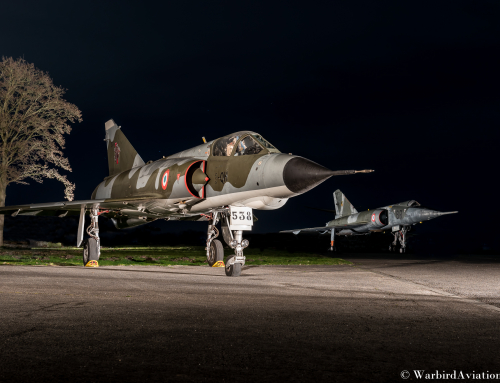
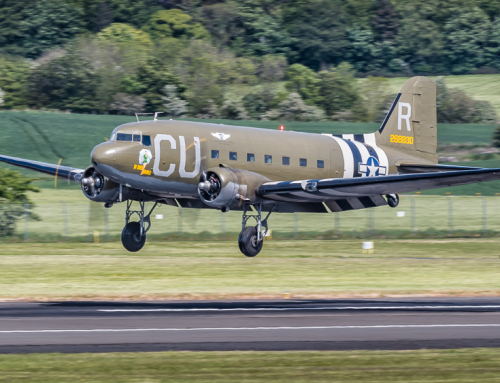
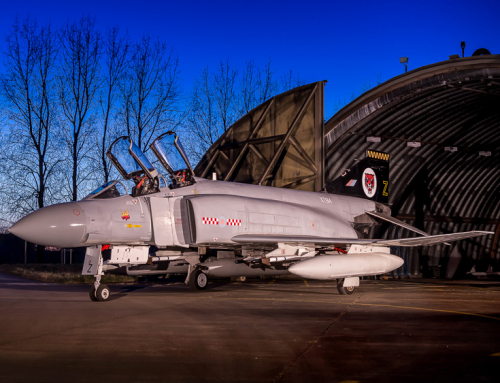
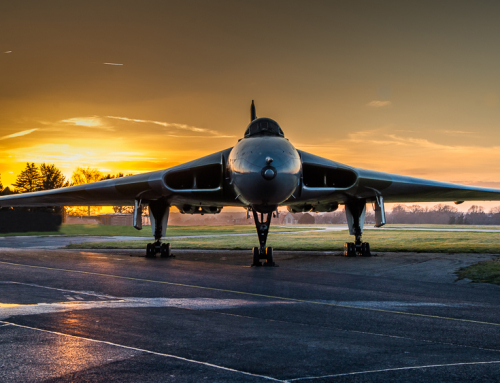
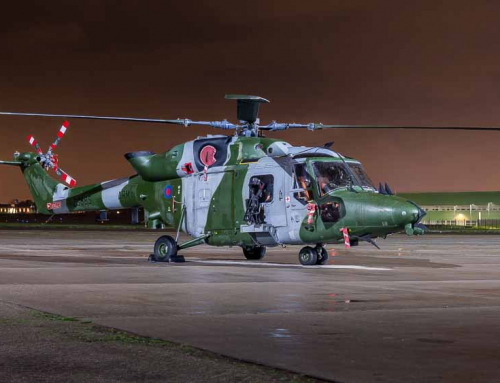
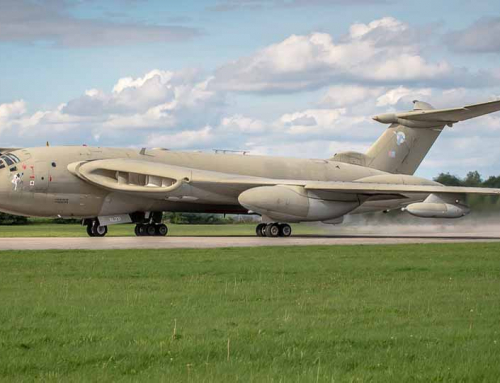
Feel free to add a comment